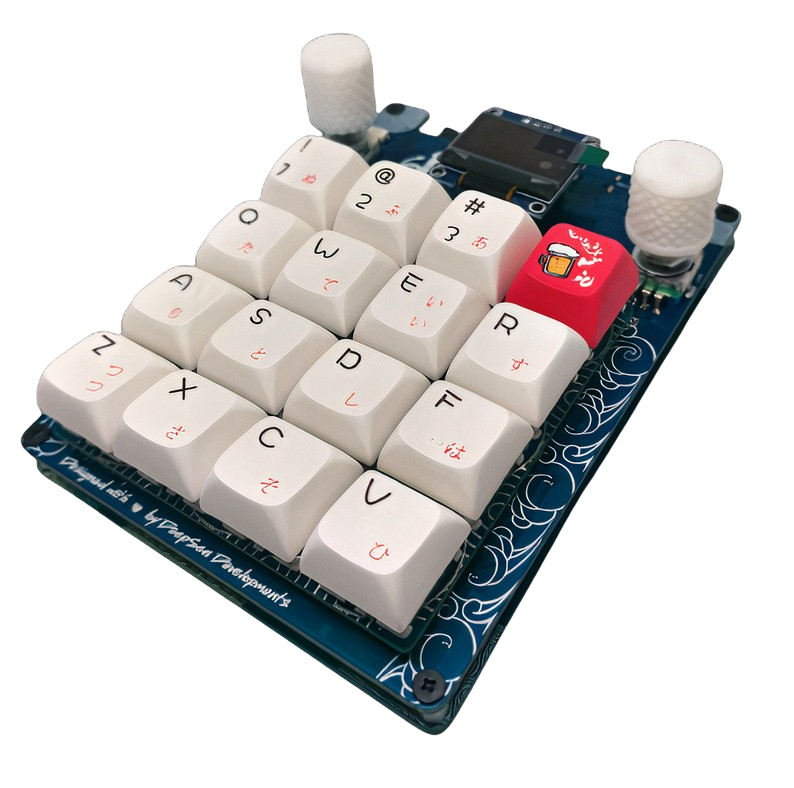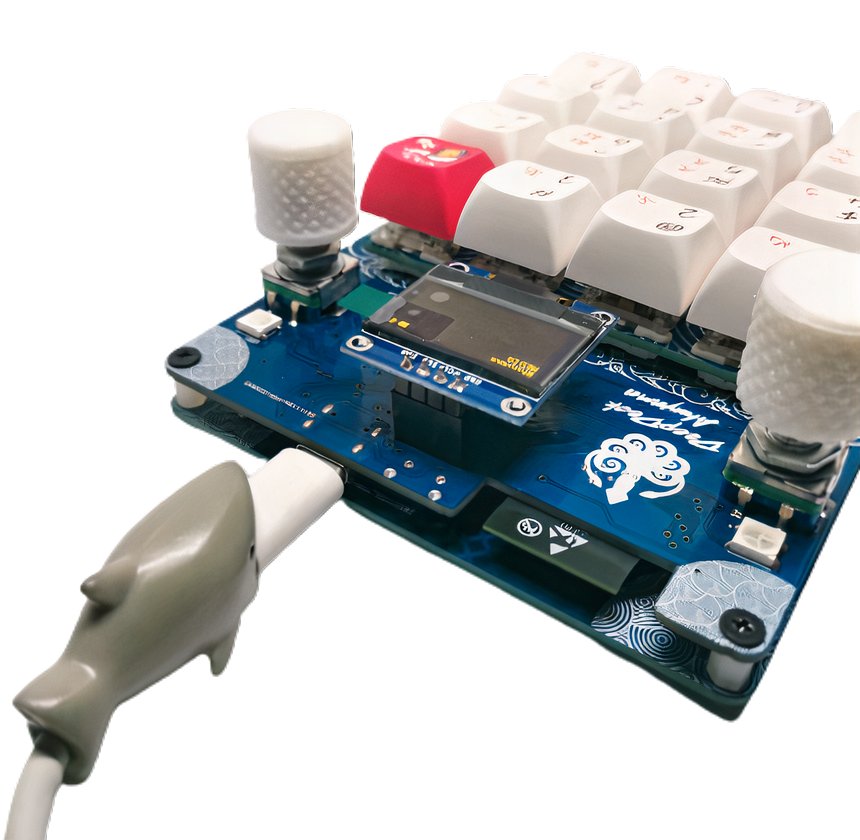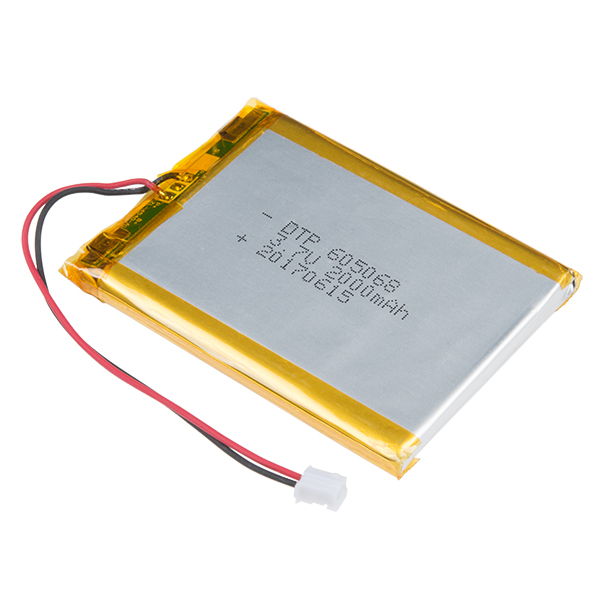DeepDeck Ahuyama


CrowdSupply
DeepDeck is a fully programmable, wireless, open source macropad with 16 RGB, mechanical keys and two rotary encoders with push buttons. It uses the powerful and versatile ESP32 module to connect to your device via Bluetooth, whether that device runs Windows, MacOS, Android, iOS, or something else. You can customize DeepDeck to improve your productivity by programming keys, macros, and shortcuts.
And DeepDeck configuration is easy! You don't need to install any software. Just activate Configuration Mode, connect DeepDeck to a Wi-Fi access point, and direct your browser to the built-in webserver (much like you would when configuring a home router). And you can do all of that with a smartphone, so you don't even need a computer!
The Power of a Fully Programmable Macropad
Write code? Easily map DeepDeck's keys and knobs to frequently used shortcuts in your favorite IDE, be it VS Code, Arduino IDE, Eclipse, or something else. You can use DeepDeck to write code, switch tabs, map bookmarks, move back and forth, etc. Dabble in design? Map different views, layers, and shortcuts in KiCad, Illustrator, Solid Works, and other such platforms. The knobs allow you to configure many of the built-in tools faster and more intuitive than using your mouse or a standard keyboard. Edit audio or video? Improve your workflow by mapping DeepDeck's knobs to various controls for a clean, fluid experience when using Reaper, Adobe Premier, etc.
More Than Just a Macropad
There are plenty of cool macropads out there, and we didn't set out just to create one more. A few of the key principles that informed our design were:
Make it usable anywhere. There should be no dumb compatibility problems between DeepDeck software and the Windows, Linux, or MacOS operating systems…
Make it easy to configure. Everything should be programmable through DeepDeck's built-in webserver, which you can access using any device with a browser.
Make it useful on its own. While a macropad is typically something you plug into to something else, we wanted DeepDeck to work by itself as well. With Wi-Fi support and a level of programmability that allows it to interact with any third-party API, DeepDeck can do its job even without being connected to another device. Add a to do item in Notion or Jira, for example, then review your tasks and mark them complete where appropriate. Or connect via IFTTT and use DeepDeck as a home-automation control panel!
Features & Specifications
- 4 x 4 (16 total) interchangeable, hot-swappable mechanical keys
- Two rotary encoders with push buttons
- RGB LEDs on each key
- RGB LEDs on encoders for additional feedback
- Programmable RGB interactions
- Expansion ports to integrate other sensors (like a gesture sensor)
- 64 x 128 OLED screen
- Integrated Wi-Fi and Bluetooth (via ESP32)
- Battery powered
- On-screen menu for basic set up
- Complete web-based interface for full customization of keys, macros, etc.
- Can use APIs to connect to a wide variety of online services
Device reports itself as deepsea dev 1, Silicon Labs CP2102N USB to UART Bridge Controller when connected to a computer via USB.
Support & Documentation
DeepDeck is fully open source. You can find our source code and design files in the DeepSea Developments GitHub organization, which includes:
We also have a project wiki, more images, and a 3D PCB render for you to check out. And, if you have questions, please feel free to reach out using the appropriate link below.
Homepage
DeepDeck is an OpenSource, MacroPad (mini mechanical keyboard) that enables you to get more productive by using it with your work/hobby/leisure programs.
With DeepDeck you can do things like:
- 👩🎨 Become a Photoshop/Inscape/etc/ ninja
- 🧑💻 Have all your shortcuts for your hacking (?) programs
- 👩🔧 Master Freecad/Solidworks/etc/ and become a 3d Pro!
- 🕵 Debug better your code in VScode using shortcuts to navigate it
- 🧙 Become a game wizard: having all the shortcuts at hand feels like magic
- 🧞♀ Become an editor genie: either audio or video, edit it like a wish come true
Links
- deepdeck.co
- GitHub - DeepSea Developments
- CrowdSupply - DeepDeck
- Compatible Battery - Lithium Ion Battery - 3.7V at 2000mAh
